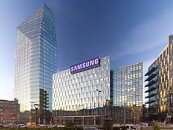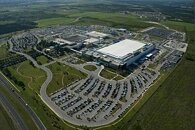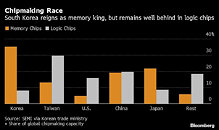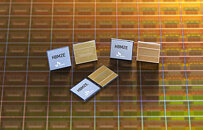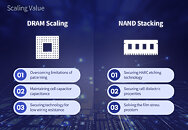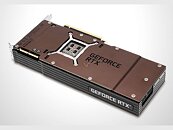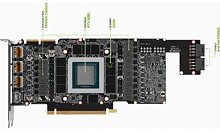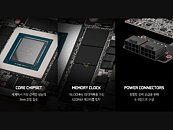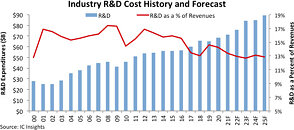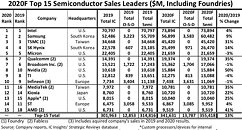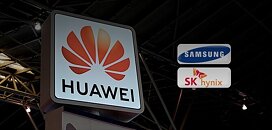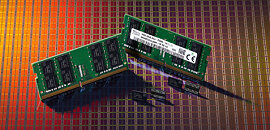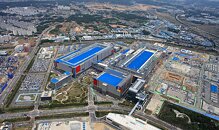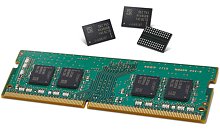
AMD Radeon RX 6900 XT Scores Top Spot in 3DMark Fire Strike Hall of Fame with 3.1 GHz Overclock
3DMark Fire Strike Hall of Fame is where overclockers submit their best hardware benchmark trials and try to beat the very best. For years, one record managed to hold, and today it just got defeated. According to an extreme overclocker called "biso biso" from South Korea and a part of the EVGA OC team, the top spot now belongs to the AMD Radeon RX 6900 XT graphics card. The previous 3DMark Fire Strike world record was set on April 22nd in 2020, when Vince Lucido, also known as K|NGP|N, set a record with four-way SLI of NVIDIA GeForce GTX 1080 Ti GPUs. However, that record is old news since January 27th, when biso biso set the history with AMD Radeon RX 6900 XT GPU.
The overclocker scored 62389 points, just 1,183 more from the previous record. He pushed the Navi 21 XTX silicon that powers the Radeon RX 6900 XT card to an impressive 3,147 MHz. Paired with a GPU memory clock of 2370 MHz, the GPU was probably LN2 cooled to achieve these results. The overclocker used EVGA's Z690 DARK KINGPIN motherboard with Intel Core i9-12900K processor as a platform of choice to achieve this record. You can check it out on the 3DMark Fire Strike Hall of Fame website to see yourself.
The overclocker scored 62389 points, just 1,183 more from the previous record. He pushed the Navi 21 XTX silicon that powers the Radeon RX 6900 XT card to an impressive 3,147 MHz. Paired with a GPU memory clock of 2370 MHz, the GPU was probably LN2 cooled to achieve these results. The overclocker used EVGA's Z690 DARK KINGPIN motherboard with Intel Core i9-12900K processor as a platform of choice to achieve this record. You can check it out on the 3DMark Fire Strike Hall of Fame website to see yourself.











